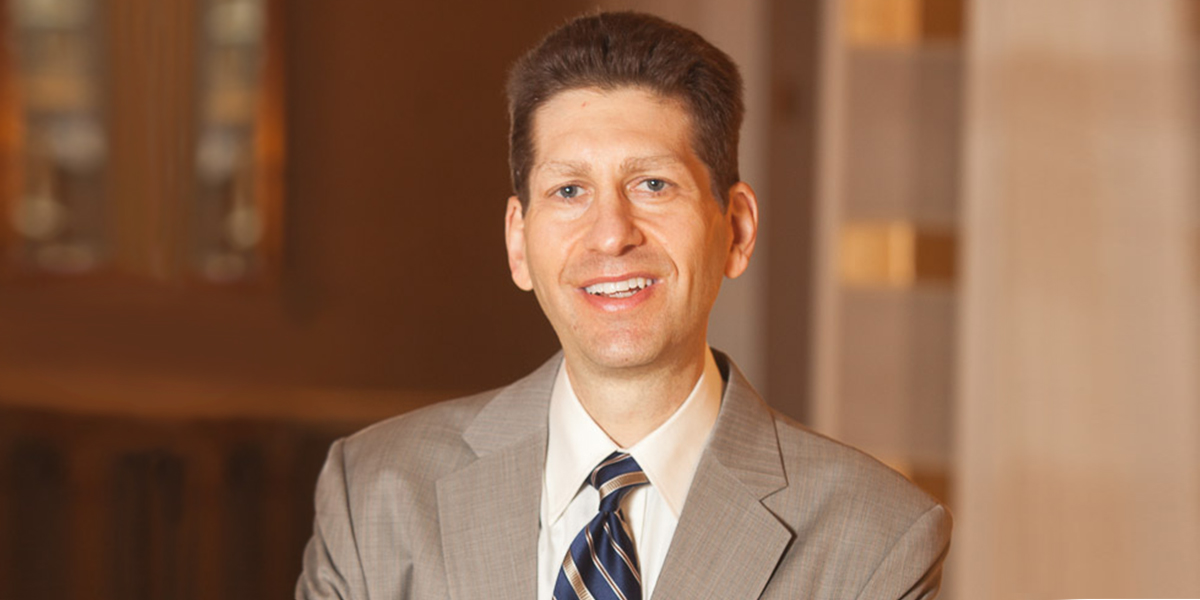Until recently, I was skeptical of how effective AA was as a treatment for alcohol abstinence. The reason for my skepticism was not anecdotal or based on preconceived beliefs; it was the evidence we had and what I knew from the available studies. The consensus was if it worked for you and you could stick with it, then stick with it.
You can imagine how notoriously hard data might be to come by given study methodology and who does (and does not) participate in AA. Success will be rooted in folks who self-select to engage. Individuals who drop treatment might fail regardless of the intervention, AA or not, and a poor outcome is less a reflection on an approach than on willingness to partake.
Knowing both whether AA is effective, and also what we say to inpatients matters. Not a month on service goes by where you encounter a patient with severe AUD, and the “what next” is not clear. You ask psych C&L to see the patient. They, in turn, ask you to ask the social worker to give the patient phone numbers and counsel the patient. There are no inpatient detox programs ready to accept any and all patients in need, and insurance coverage and OOP expenses often make what is available out of reach. We also have a shortage of mental health professionals across the region and country–another gaping hole.
Most of you have attended AA meetings in training, so you likely have an idea of how they work. No questions asked, and you show up. That’s it. It’s an inexpensive and available option we all can utilize.
But back to the evidence. Does it work?
I found this new Cochrane Review from 2020 welcome–and for the first time the conclusions were directionally positive for the program (vs. last Cochrane in 2006):
Key results (TSF=Twelve-Step Facilitation)
Manualized AA/TSF interventions usually produced higher rates of continuous abstinence than the other established treatments investigated. Non-manualized AA/TSF performed as well as other established treatments.
AA/TSF may be superior to other treatments for increasing the percentage of days of abstinence, particularly in the longer-term. AA/TSF probably performs as well as other treatments for reducing the intensity of drinking (of alcohol). AA/TSF probably performs as well as other treatments for alcohol-related consequences and addiction severity. Four of the five economics studies found substantial cost?saving benefits for AA/TSF, which indicate that AA/TSF interventions probably reduce healthcare costs substantially.
In conclusion, clinically delivered TSF interventions designed to increase AA participation usually lead to better outcomes over the subsequent months to years in terms of producing higher rates of continuous abstinence. This effect is achieved largely by fostering increased AA participation beyond the end of the TSF intervention. AA/TSF will probably produce substantial healthcare cost savings while simultaneously improving alcohol abstinence.
If you read the abstract and plain language summary, you can obtain more precise estimates of rates, duration of effects, etc.
But to my subject line. What do you do in the age of COVID? Like everything else that has migrated to the internet, AA is online as well. I did not research how effective online participation is or what percent of folks have access to video, but I would think if you have a phone, the virtual door is wide open. It seems a perfectly tenable channel to recommend to patients given the circumstances we are operating under.
There are few times providers can engage in the direct bridging of medical and community services. AA doesn’t require an authorization code and any local phone number is a Google search away. Given how few things we can offer in the realm of mental health and rehabilitative supports, we should always extend this rare one and put it to effective use.
I would also add this Curbsiders Podcast on treatment for AUD (excellent episode). BTW, I have never prescribed Naltrexone, but with an NNT of 12 for return to heavy drinking, and 20 for return to any drinking, it is obvious we do not use it enough (time, specialty consultation, output follow-up are the rate-limiting steps). It’s one of those data points that shows up on the boards — and we probably all get the question right but never see the drug used in real life and wouldn’t have a clue on how to approach its management.
Please feel free to share any valuable experiences you have had with AA — all comments welcome.



very insightful. Thank you for sharing!
Thank you
I have shared AA with many of my patients over the years. We believe that by planting the seed we are investing in the individuals long term sobriety.
Once you are able to introduce hope to what many view as a hopeless situation people can then start to believe there is a way out of addiction.
It is refreshing to read that some of the medical profession recognizes the value and legitimacy of the efficacy of AA.
The basic tenant of AA is that you keep these matters out of Press, Radio and film. I am not sure where professional journals fall. That make it difficult for any discussion in a public forum.